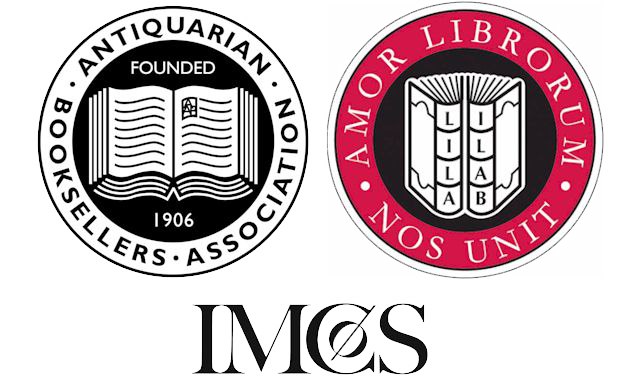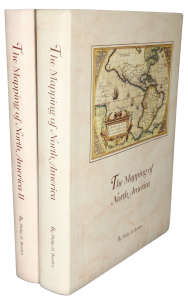Rare Maps and Prints
- World & Celestial
- North America
- West Indies, South & Central America
- British Isles
- British Isles
- English counties
- Large-scale
- Bedfordshire
- Berkshire
- Buckinghamshire
- Cambridgeshire
- Cheshire
- Cornwall
- Cumberland
- Derbyshire
- Devon
- Dorset
- Durham
- Essex
- Gloucestershire
- Hampshire
- Herefordshire
- Hertfordshire
- Huntingdonshire
- Islands
- Kent
- Lancashire
- Leicestershire
- Lincolnshire
- Middlesex
- Norfolk
- Northamptonshire
- Northumberland
- Nottinghamshire
- Oxfordshire
- Rutland
- Shropshire
- Somerset
- Staffordshire
- Suffolk
- Surrey
- Sussex
- Warwickshire
- Westmoreland
- Wiltshire
- Worcestershire
- Yorkshire
- Wales
- Scotland
- Ireland
- Western Europe
- Eastern Europe
- Middle East
- Africa
- Asia
- Australasia & Pacific
- Decorative Prints
- Title Pages
Mr. Philip D. Burden
P.O. Box 863,
Chalfont St. Giles, Bucks HP6 9HD,
UNITED KINGDOM
Tel: +44 (0) 1494 76 33 13
Email: enquiries@caburden.com
Jean-Francois de Galoup, Comte de La Pérouse (1741-88) led a French scientific expedition to the Pacific in 1785-88. He was one of the most noted naval commanders and navigators in France and was selected by King Louis XVI to complete Captain James Cook’s exploration of the Pacific, especially regarding a possible north-west passage. In a rare moment of co-operation, the British Admiralty furnished scientific equipment to measure variations in magnetic north and for determining longitude. The two corvettes called ‘La Boussole’ and ‘L’Astrolabe’ left Brest on 1 August 1785.
Rounding Cape Horn, they undertook repairs in Chile before heading to the Sandwich Islands (Hawaii), and Alaska. From here he turned south exploring the west coast of North America into California refitting again at Monterey. They then headed across the Pacific Ocean on 23 September 1786 reaching Macao on 1 January 1787. He then travelled to Manilla, Taiwan, and north along the Asian coastline towards Korea, Japan, and Kamchatka. There he received orders from Paris to head for Australia. De Lesseps was sent back to Paris with various reports and charts to date. He arrived at Botany Bay on 24 January 1788 and had good relations with the English First Fleet settlers who had only just arrived. They remained there for six weeks and left on 10 March never to be seen again.
Fortunately for us La Perouse was meticulous in sending copies of his detailed logs and surveying via other ships as well as overland. When the French Government realised that it had been lost, they decided to publish this account as in many other ways it is regarded as one the greatest French voyages of exploration. Despite attempts to discover its fate, it was not until 1827 that the vessels were discovered shipwrecked on the island of Vanikoro, one of the remote Santa Cruz Islands. The exact fate of the survivors has been the source of considerable speculation ever since.
The largest contribution the expedition made was to the knowledge of the Asiatic coast of the Pacific. Especially the waters in and around Japan. The atlas includes superb charts of this and the west coast of North America including charts of San Francisco Bay, Monterey Bay, and San Diego. Also, the first chart of Samoa. There are several views including the first of Maui in the Sandwich Islands. They are complimented by a series of botanical and ornithological engravings, including the California quail.
Provenance: Libraria de Antanao 2002; Juan and Peggy Rada Collection. Falk (1983) 1797.5-13; Ferguson (1941-69) 268; Fitzpatrick (1986) pp. 25-31; Hill (1974) p. 173-4; Howes (1962) L93; Howgego (2003) L20; refer Lada-Mocarski (1969) 52; refer Nordenskiold Collection (1979) 132; refer Phillips (1909-) 688; Sabin (1868-1936) 38960; refer Shirley (2004) Atlases G.Lpr 1a; Suarez, T. (2004) pp. 169-75.








